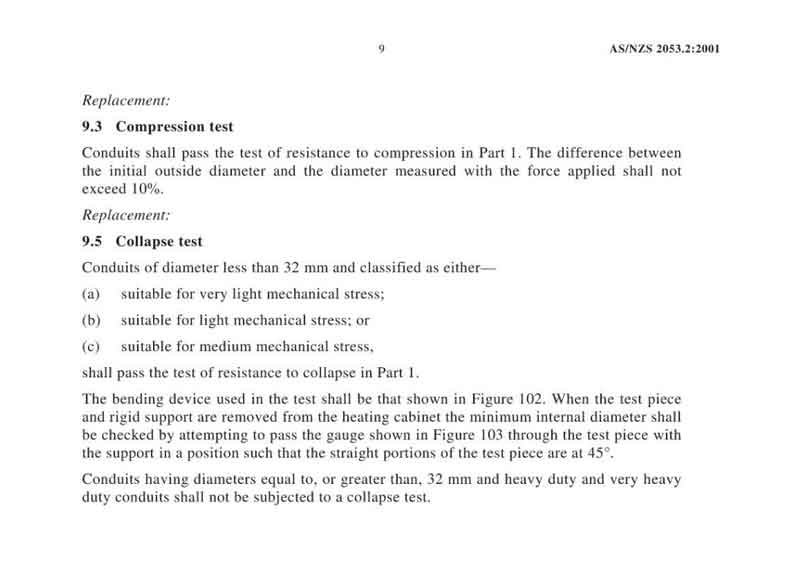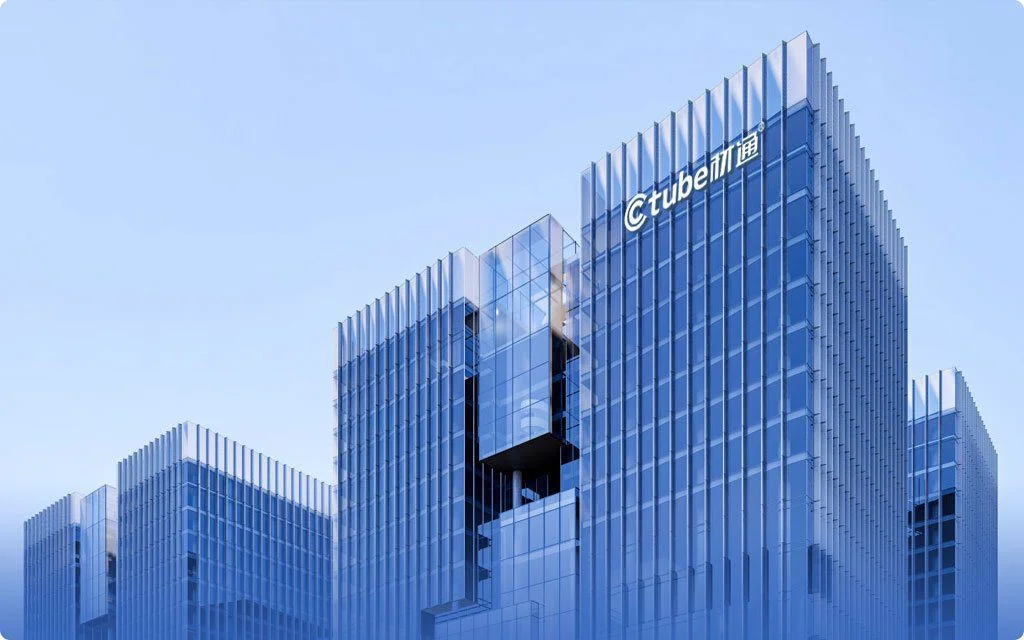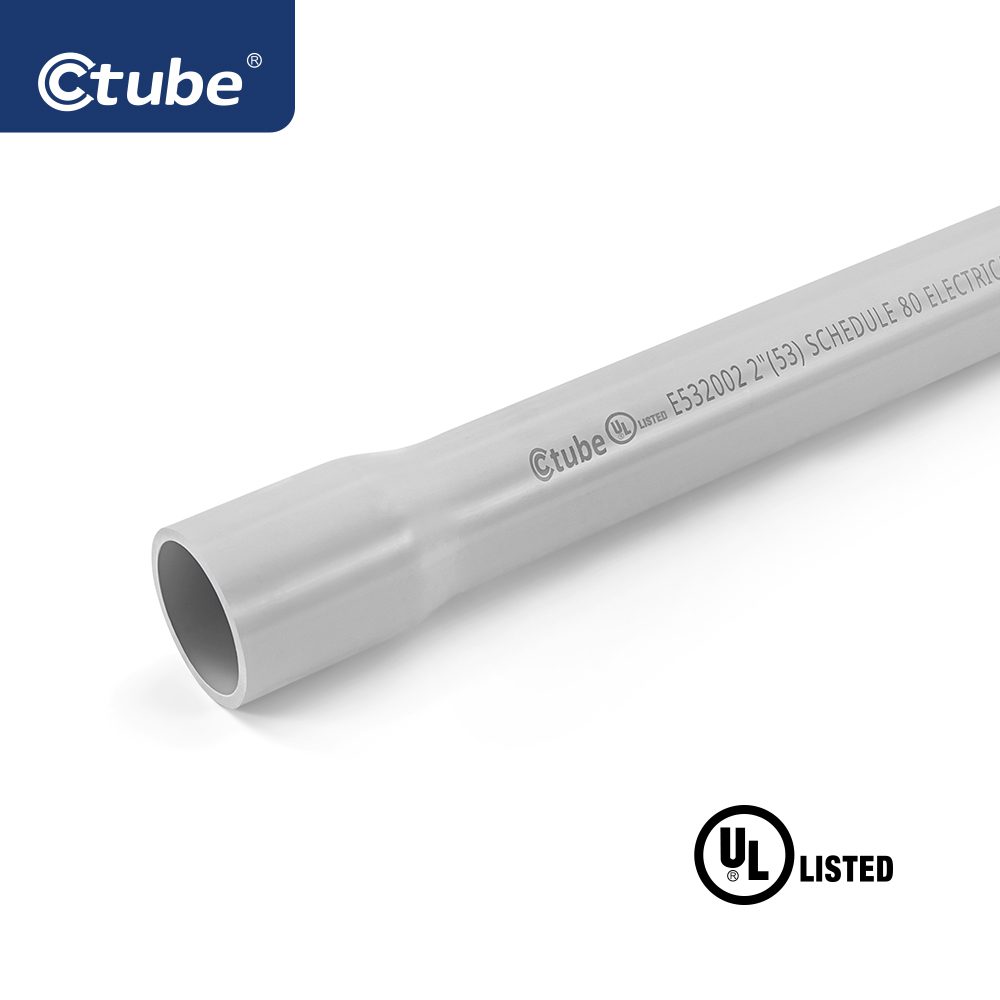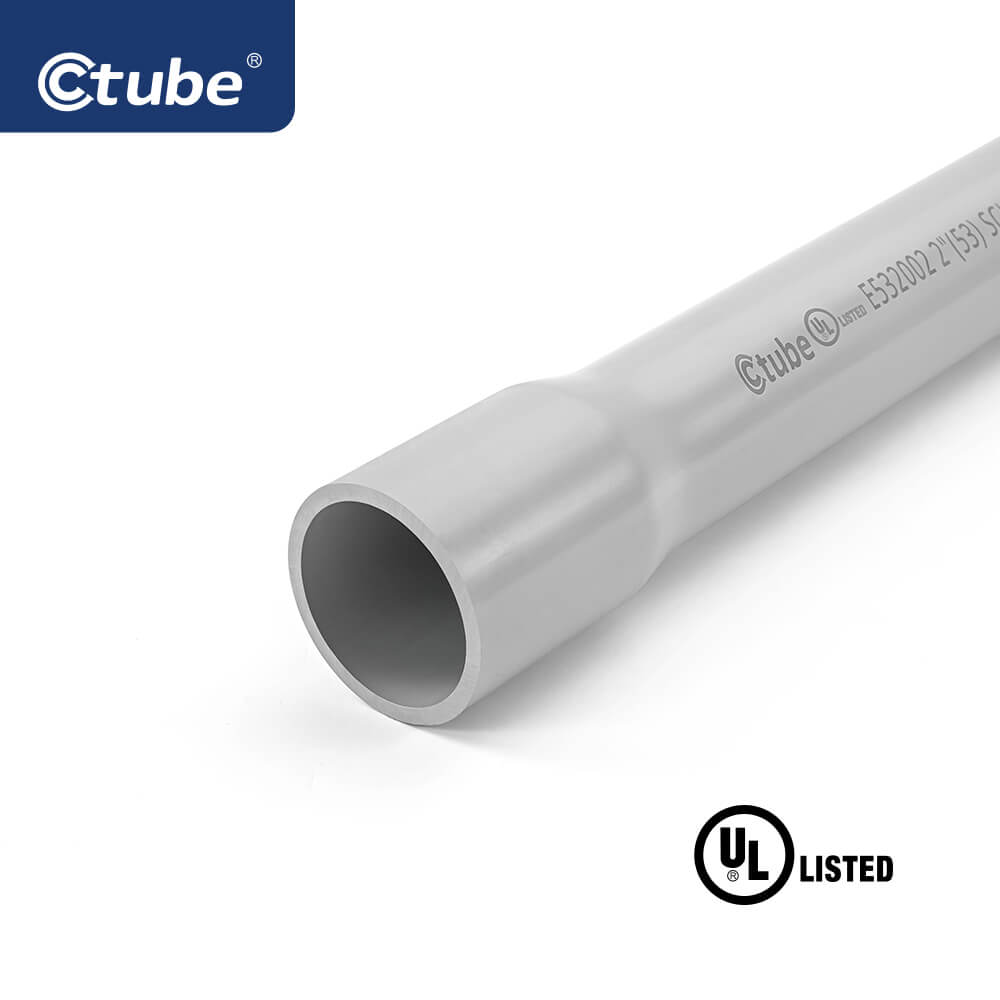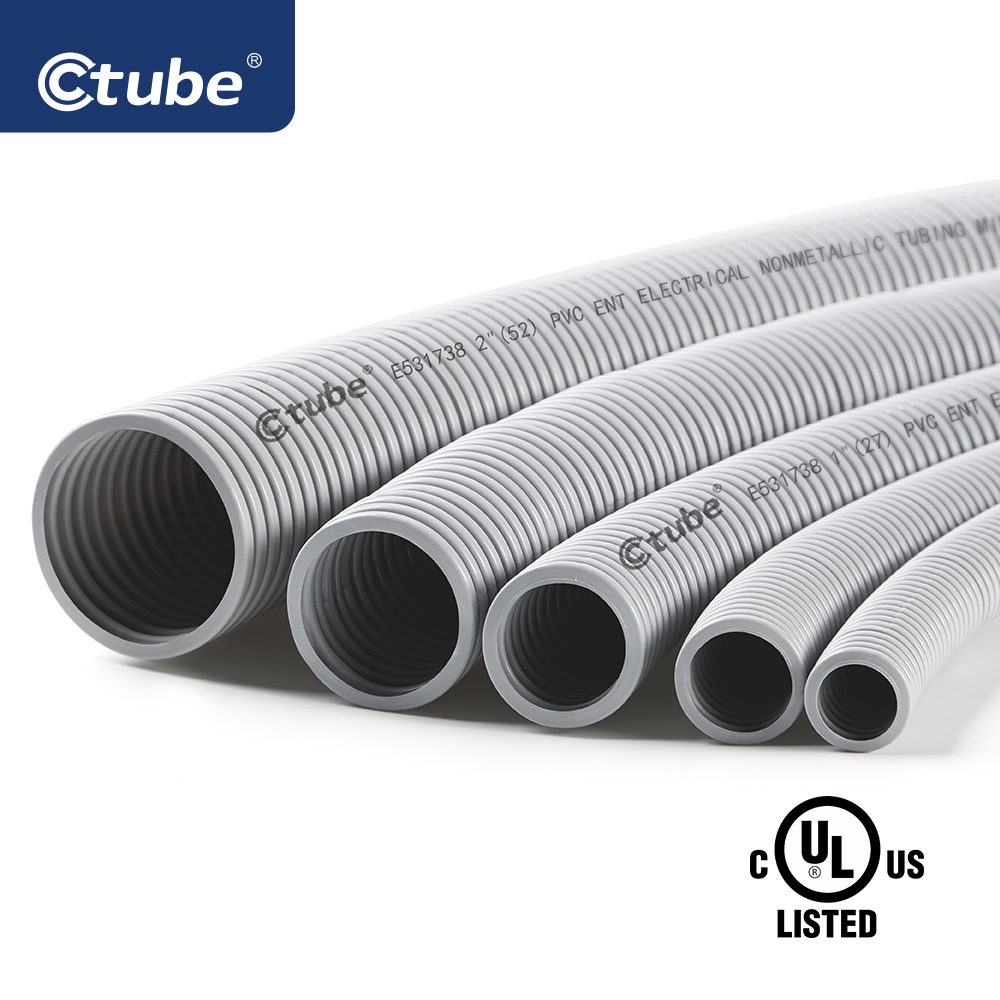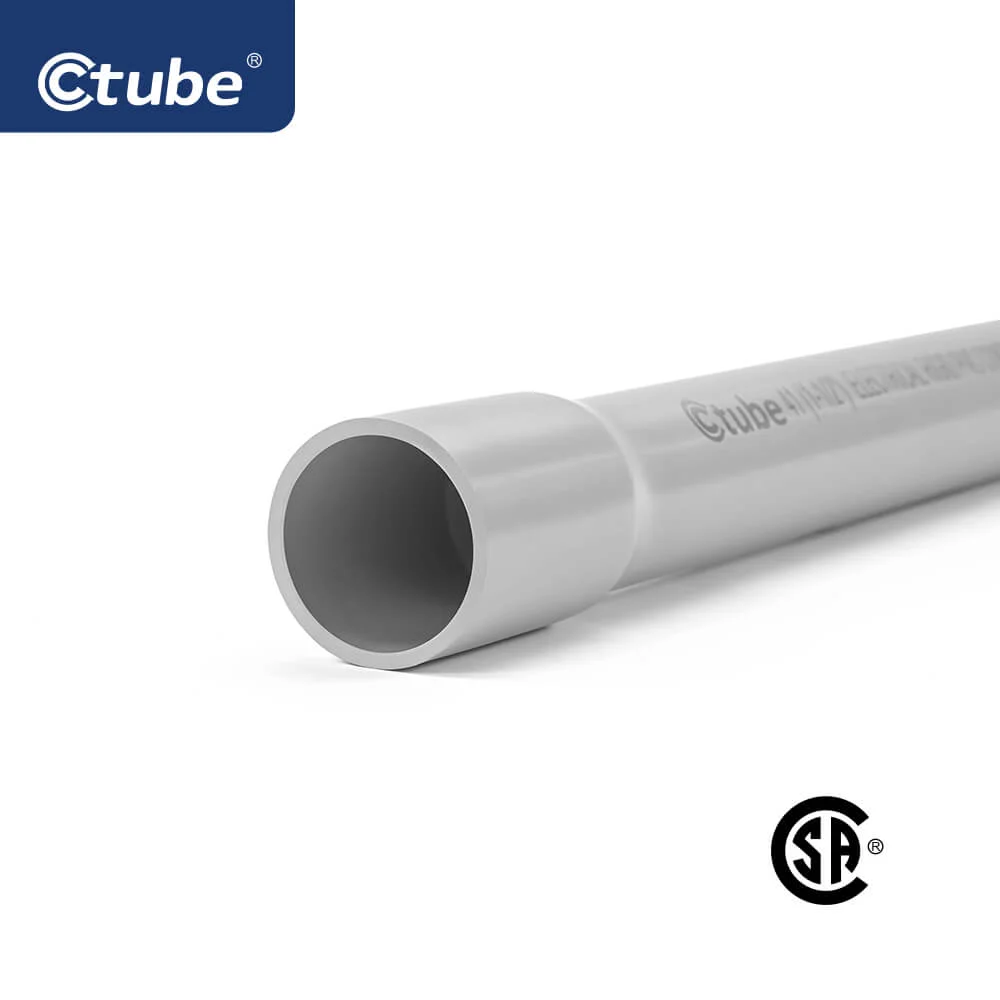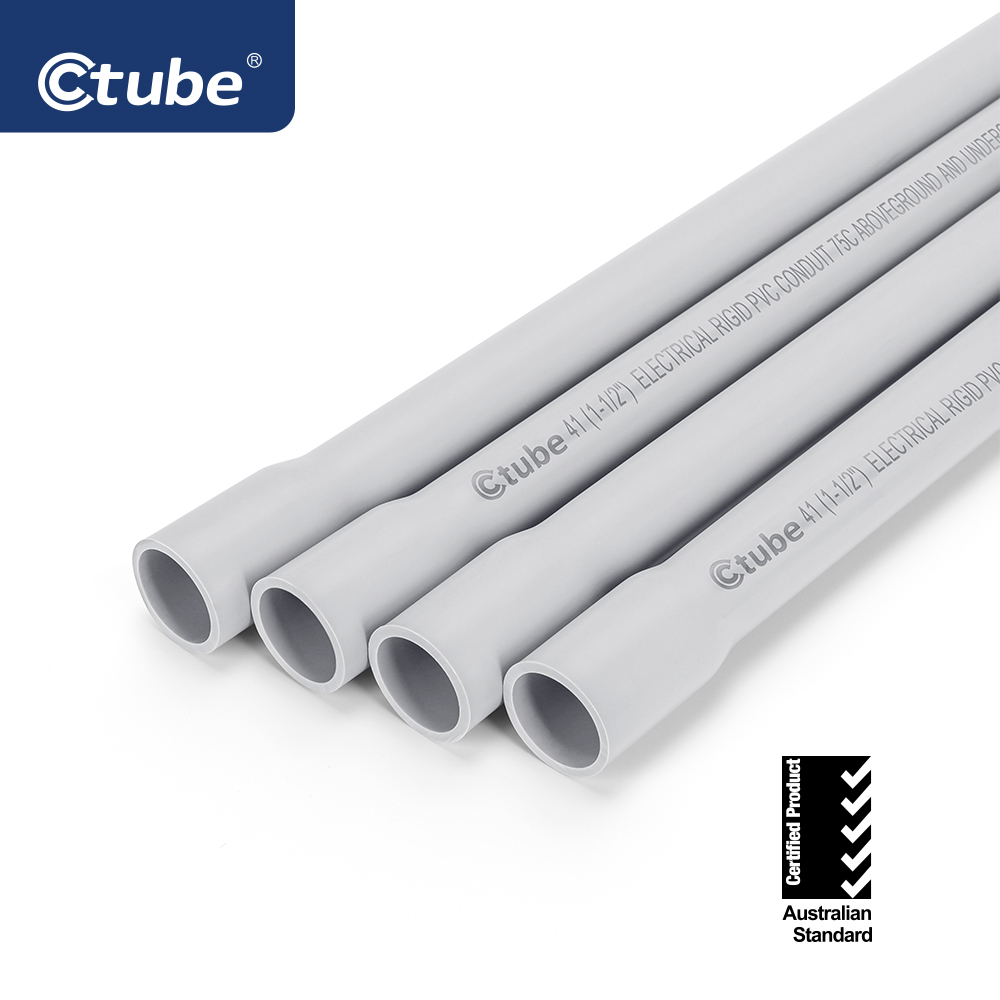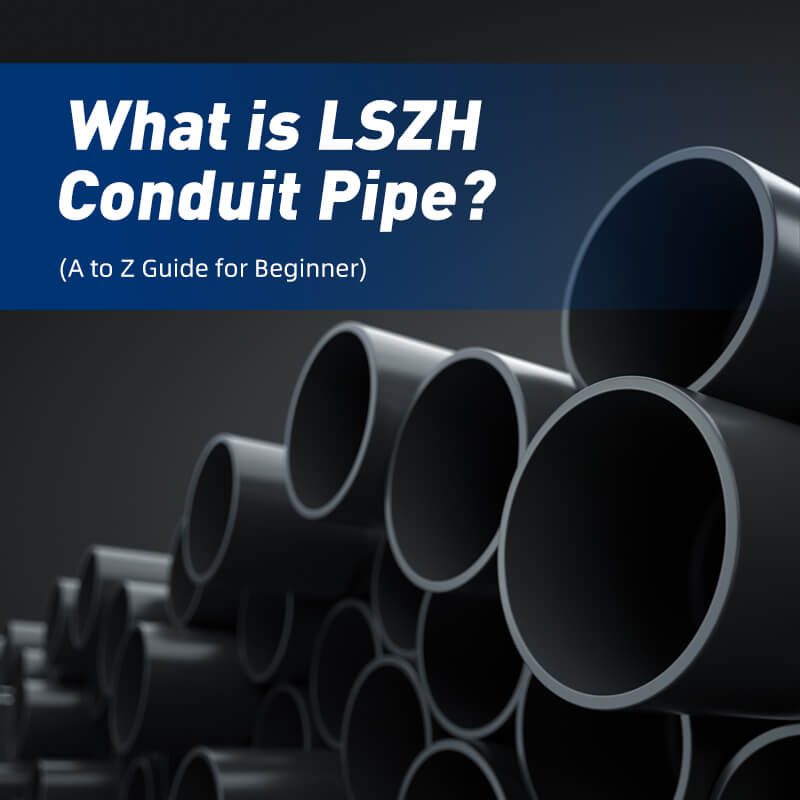
We got some inquiries about LSZH conduit from the customer, And we learned that some customers have misunderstandings about LSZH conduit in taking, even some new customer has no idea about LSZH conduits and what’s different between LSZH conduit pipe and PVC electric conduit pipe., so let’s talk it in further.
However, we found abbreviation phrases such as LSZH conduit, and some customers don’t know the exact meaning, so let’s explain it in detail first.
Industry-specific Abbreviations
| Abbreviations | Meaning |
| LSZH | L – Low
S – Smoke Z – Zero H – Halogen |
| LSOH (LS0H) | L – Low
S – Smoke O (0) – Zero H – Halogen |
| LSFH | L – Low
S – Smoke F – Free H – Halogen |
| OHLS | O – Zero
H – Halogen L – Low S – Smoke |
| ZHFR | Z – Zero
H – Halogen F – Flame R – Retardant |
However, we found another one name of LSZH conduit in Australia market and call ‘HFT Conduit’, so we list for your ref as below,
HFT Conduit
H – Halogen Free
F – Flame Retardant
T – Temperature Resistant
As to the temperature resistance, we will talk about it later.
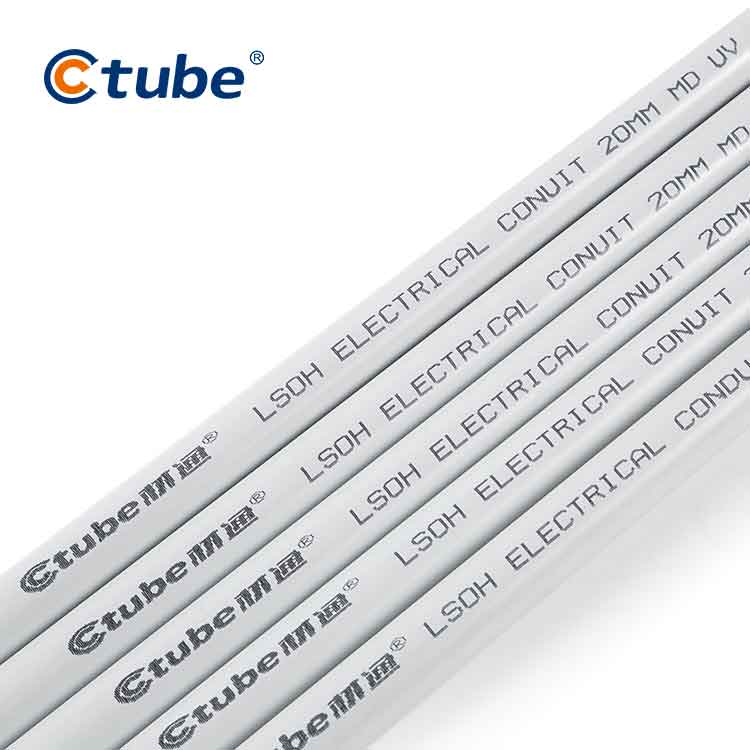
Table of Contents
ToggleWhat is LSZH Conduit?
LSZH Conduit is also a plastic electrical conduit. Compared with the traditional electrical conduit, the raw materials and formula have been changed, which has greatly improved physical & safety performance.
For example, there is very little smoke during combustion and no halogen, which greatly reduces the possibility of trapped persons being poisoned in a fire accident. And the flame retardancy and fire rating are higher than PVC electrical conduit. It can be said that this is the next generation electrical conduit pipe and it is the first choice to replace the current PVC Conduit.
What’s the Different Between LSZH Conduit and PVC Conduit?
As we mentioned above, the LSZH conduit is also a plastic conduit, so it not only has the pros of PVC conduit but also has some important upgrades.
The Different Raw Materials. Comparing with PVC Conduit, the raw materials of LSZH have changed;
The Different Additive & Formula. To strengthen LSZH Conduit’s low-smoke and halogen-free characteristics, as well as heat resistance, the formulation of additives in the manufacturing process has been changed. The price of some special additives is even 2 to 3 times than PVC Conduit additives;
More Lightweight. Compared with PVC Conduit, the overall weight is reduced by 30%-40%, which means the LSZH conduit is more lightweight, and it also maximizes the advantages of plastic products;
Less Poisonous Gas Released. The PVC conduit pipe will produce a lot of toxic gas when burning, most of which are because of containing halogen. After removing the halogen, LSZH Conduit will not produce a large amount of toxic gas when burning;
Lower Amount of Smoke. LSZH Conduit is not only halogen-free but also produces a very low density of smoke when burned;
Stronger Physical Properties. Resistance to compression & Resistance to impact performance has been greatly improved, which is beneficial to construction & installation;
Higher Temperature Tolerance. The normal working temperature range of LSZH Conduit is -40 to 110℃, which is greatly improved compared with the -25 to 100℃ of PVC Conduit;
The fire rating is higher. The thermal conductivity of the original plastic is relatively poor, but after further optimization, the general LSZH Conduit can reach the UL94 V-0 (ASTM D 3801) fire rating, which is the greatest level in the industry;
UV Resistance. Because of the better heat resistance, the useful life is also optimized in direct sunlight or outdoor application. LSZH Conduit can be used in outdoor projects, and can keep the same life span as PVC Pipe;
Direct Burying Electrical Conduits. Whether you are directly buried in the ground, or installed in the concrete wall, wooden wall, it can meet your needs well;
No Corrosive or Acid Gas Formation. Because LSZH Conduit is produced by an integrated extrusion molding process, and the current additives are stable, its chemical properties are also very stable, and it will not release corrosive or acidic gases in stock & after installed;
The Higher Cost. Through the above description, you should already know this, and its cost is higher than ordinary PVC Conduit.
What’s the Different Between LSZH Conduit and PVC Pipes?
Many people are often confused, and we have even encountered some customers who use white PVC pipes to install wires because they are all made of plastic, which is easy to misunderstand.
PVC Pipe is generally used in applications such as drainage pipes or sewage pipes, so the water pressure resistance is more important, and manufacturers will focus on improving this performance to ensure normal use. Of course, there are other considerations such as waterproof performance. As for LSZH conduit and even ordinary PVC conduit, their key point is to protect the wires inside, so their strength, insulation performance, flame retardancy. are the priority factors that need to be considered in the design.
However, the main design purpose of LSZH conduit is to protect the wires only, so the water pressure is not considered too much in the design, that’s why LSZH conduit has a thinner wall thickness comparing with white PVC pipe. However, it has greatly optimized and improved the insulation capacity, heat insulation, fire rating, and environmental protection.
Moreover, when it comes to LSZH Conduit, it is very popular in Australia, Chile, Peru, and other countries. The corresponding certification standard is AS/NZS 2053. It can be said that LSZH conduit is a product built for safety and is environmentally friendly.

The Benefits of LSZH Conduit?
We have mentioned the characteristics of LSZH Conduit above, we just talked further here.
Environmental Friendly. Same as PVC Conduit, LSZH Conduit is also made of plastic materials, which can also be recycled and protect the environment without extra cost for processing;

Safety. We mentioned above the characteristics of low-smoke and halogen-free. In actual cases such as fire accidents in buildings, less smoke emission can provide better views for search and rescue personnel; at the same time, it will improve the possibility of survival for trapped personal because it will NOT release toxins.
However, it can effectively prevent violent combustion from damaging the building during the firing process and reduce the limit of the fire because the LSZH conduit has a higher heat resistance and fire rating performance.
Considering some readers may not know much about halogens. We have found a description of the toxicity of halogens on Wikipedia for your reference.
Quote from Wikipedia,
The Toxicity of Halogens,
The halogens tend to decrease in toxicity towards the heavier halogens.
Fluorine gas is extremely toxic; breathing in fluorine at a concentration of 25 parts per million is potentially lethal. Hydrofluoric acid is also toxic, being able to penetrate the skin and cause highly painful burns. In addition, fluoride anions are toxic, but not as toxic as pure fluorine. Fluoride can be lethal in amounts of 5 to 10 grams. Prolonged consumption of fluoride above concentrations of 1.5 mg/L is associated with a risk of dental fluorosis, an aesthetic condition of the teeth. At concentrations above 4 mg/L, there is an increased risk of developing skeletal fluorosis, a condition in which bone fractures become more common due to the hardening of bones. Current recommended levels in water fluoridation, a way to prevent dental caries, range from 0.7 to 1.2 mg/L to avoid the detrimental effects of fluoride while at the same time reaping the benefits. People with levels between normal levels and those required for skeletal fluorosis tend to have symptoms similar to arthritis.
Chlorine gas is highly toxic. Breathing in chlorine at a concentration of 3 parts per million can rapidly cause a toxic reaction. Breathing in chlorine at a concentration of 50 parts per million is highly dangerous. Breathing in chlorine at a concentration of 500 parts per million for a few minutes is lethal. Breathing in chlorine gas is highly painful.
Pure bromine is somewhat toxic but less toxic than fluorine and chlorine. One hundred milligrams of bromine is lethal. Bromide anions are also toxic, but less so than bromine. Bromide has a lethal dose of 30 grams.
Iodine is somewhat toxic, being able to irritate the lungs and eyes, with a safety limit of 1 milligram per cubic meter. When taken orally, 3 grams of iodine can be lethal. Iodide anions are mostly nontoxic, but these can also be deadly if ingested in large amounts.
Astatine is very radioactive and thus highly dangerous, but it has not been produced in macroscopic quantities and hence it is most unlikely that its toxicity will be of much relevance to the average individual.
Tennessine cannot be chemically investigated due to how short its half-life is, although its radioactivity would make it very dangerous.

Heat Resistance Temperature & Fire Rating
We have mentioned before that the heat-resistant temperature of LSZH conduit and PVC pipe is as follows:
LSZH Conduit, -40 to 110℃
PVC Conduit, -25 to 100℃
Therefore, whether it is in high or low-temperature conditions, the LSZH conduit has better than the PVC conduit and can maintain normal working conditions at the rated temperature.
In terms of fire rating, LSZH conduit meets the relevant requirements of UL94 V-0, The details are as follow.
Quote from Wikipedia,
From lowest (Least flame-retardant) to highest (Most flame-retardant):
HB: sslow burning on a horizontal specimen; burning rate <76 mm/min for thickness <3 mm or burning stops before 100 mm
V-2: burning stops within 30 seconds on a vertical specimen; drips of flaming particles are allowed.
V-1: burning stops within 30 seconds on a vertical specimen; drips of particles allowed as long as they are not inflamed.
V-0: burning stops within 10 seconds on a vertical specimen; drips of particles allowed as long as they are not inflamed.
5VB: burning stops within 60 seconds on a vertical specimen; no drips allowed; plaque specimens may develop a hole.
5VA: burning stops within 60 seconds on a vertical specimen; no drips allowed; plaque specimens may not develop a hole.
Did you see it? The V-0 level requires self-extinguishing within 10 seconds, but the standard of Ctube is to extinguish within 5 seconds after the fire source is cut off, and we have done it!
Easy to Install & Durable. The current strength of LSZH conduit, based on the standard technical parameters currently approved by Ctube as follows:
Resistance to compression, 1250Nt/5cm
Resistance to impact, 6J
Although these parameters are slightly weaker than steel conduits, they are completely sufficient to cope with daily use or project purposes.
Moreover, just comparing the hardness and impact resistance is not completely accurate. For example, some places require electrical wires to have a certain degree of toughness or need to bend and so on (such as run the wires in the corner). In addition, the more lightweight LSZH conduit is easier to construct and install, which can save installation time and cost. The best example is the installation of large-diameter underground drainage pipes and the use of lighter PVC pipes, which will reduce the requirements for hoisting equipment, thereby indirectly saving construction costs.
Moreover, because the plastic tube has good thermal insulation and waterproof properties, and the theoretical maximum life span can even reach more than 100+ years, it is a product with a good ROI performance.
What Kind of Projects Can LSZH Conduit Be Used?
Trains Station (eg. Sub-training), Street Lighting System (eg. Solar Lighting System), Airports.
Hospitals, Schools, Hotels, Department Stores, Museums and Theatres, Conference Centers.
Data Centers, Telephone and Telecommunication Equipment Connection.
Lifts & Emergency Power-Generating Plants.
High-technology Industrial Park.
Power Stations
Automobiles, Locomotives, Cargo Ships, Aircraft.
Prefabricated Concrete Building with a High-Temperature Load
Residential Building
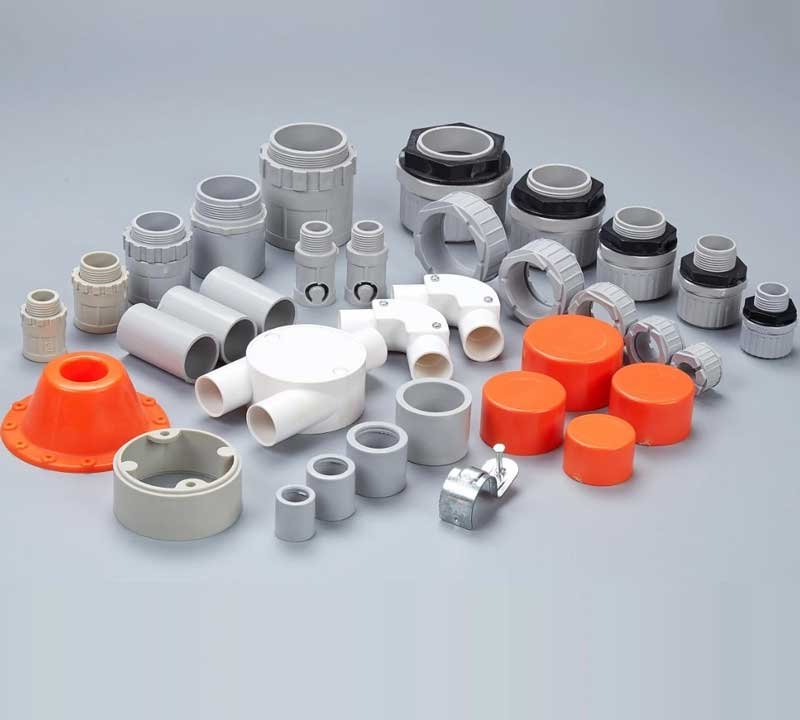
The Most Recommend Fitting of LSZH Conduit?
First of all, LSZH conduit fittings, like LSZH conduit pipes, also need to comply with relevant standards and various testing requirements (such as AS/NZS 2053.1.2001). So the raw materials and performance parameters are better than PVC Conduit, which also has all the advantages of LSZH conduit.
The currently commonly used fittings are as follows,
- Normal Bends
- Sweep Bends
- Elbows
- Couplers
- Glands
- Adaptable Boxes
- Junction Boxes
- Male & Female Adapters
- Clips
- Inspection Tee
- Clamp
- Extension Ring
We have previously written a separate post and talked about the details of Electrical Conduit Fittings. If readers are interested, please refer to the previous post.
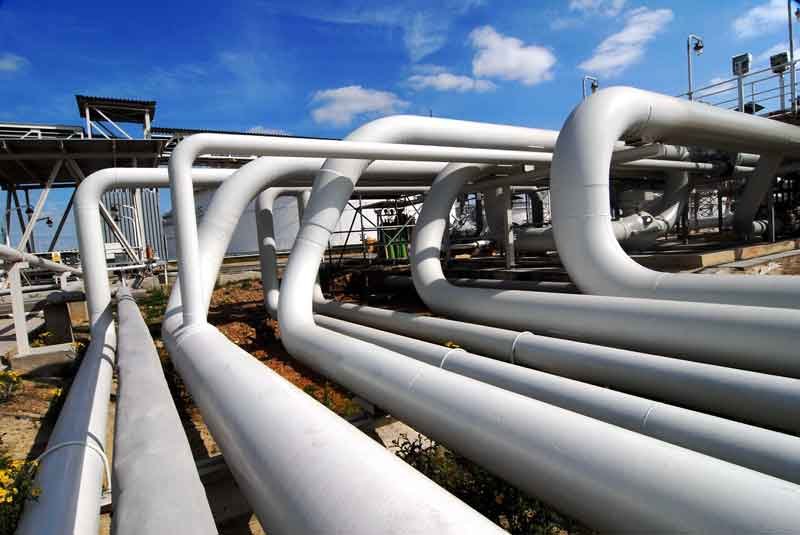
LSZH Conduit VS Steel Conduit
Many readers, even our customers, have asked us which one is better, plastic pipe or steel pipe? There is no perfect answer. First, you need to evaluate it based on your project’s demand, environment requirement, even your project budget. Moreover, plastic pipes and stainless steel pipes have their advantages and disadvantages. No matter which solution you will be used, you only need to make full use of its advantages. There is no doubt that it is correct.
In addition, considering that this type of comparison is generally relatively broad, and there are no clear product parameters and measured results for comparison. So we are here to list some key points based on our industry experience.
| Conduit Type | Advantages | Disadvantages |
| Rigid Steel Conduit | High Temperature Tolerant
|
Thermally Conductive |
| Powerful Structural & Strength | Electrically Conductive | |
| Great Performance Impact Resistant | Easy to Corrosion Damage | |
| Long Time UV Exposure Support | Not Easy to Bend | |
| Resistance to Microbic Attack | Higher Cost | |
| Rigid LSZH Conduit: | Rust-proof & Lightweight | Lower Tolerance of High-Temperature |
| Low Thermal Conductivity | Susceptible to UV Damage | |
| Electrically Insulated | Flammable, smoke and dust after burning | |
| Easy to Bend & Install & Repair | Susceptible to Damage Microbial attack | |
| Lower Cost | Lower Structural Strength |
However, these are just some conventional comparisons, which can enable the reader to understand the difference between the two different materials of conduit, and it is not a detailed guideline. More often, we need to choose the best option according to the actual situation of the project. For example, if you are only doing home improvement, then your electrical wiring pipes are installed indoors only. Then the UV protection is not so important, and you may consider DIY installation, so the lightweight and low-cost LSZH conduit or PVC conduit is a smart choice.
That’s it. If you have any questions, you can contact us through the contact form on the webpage or send us an email (email address on the bottom of the website). see you later!
This work is licensed under a [CC BY-SA 4.0](https://creativecommons.org/licenses/by-sa/4.0/) license. You may reuse, adapt, and share it, provided you credit the author and link to the original source. Derivatives must be shared under the same license.

